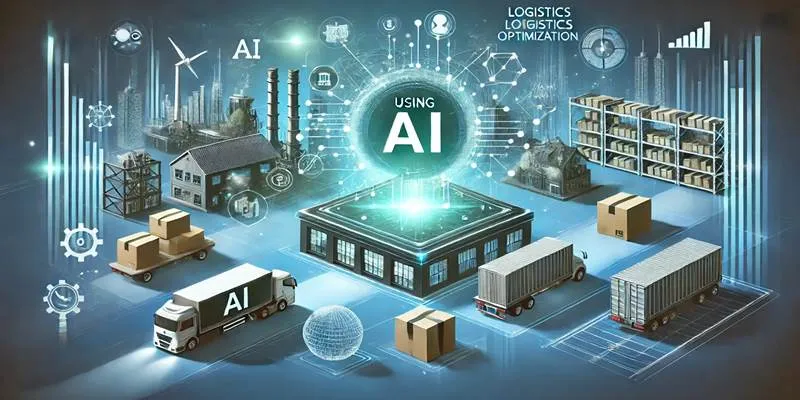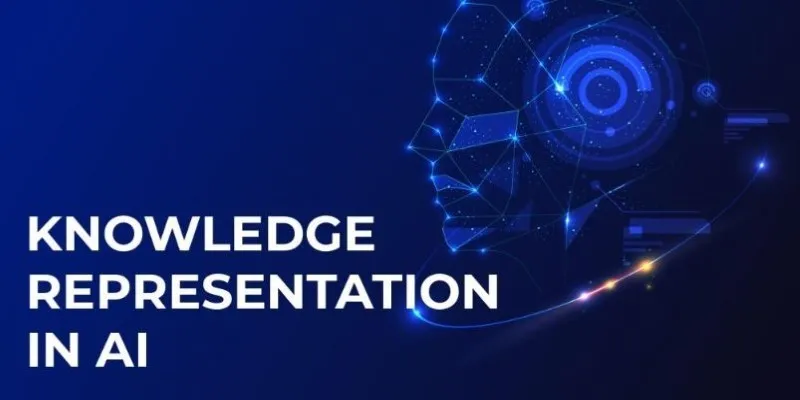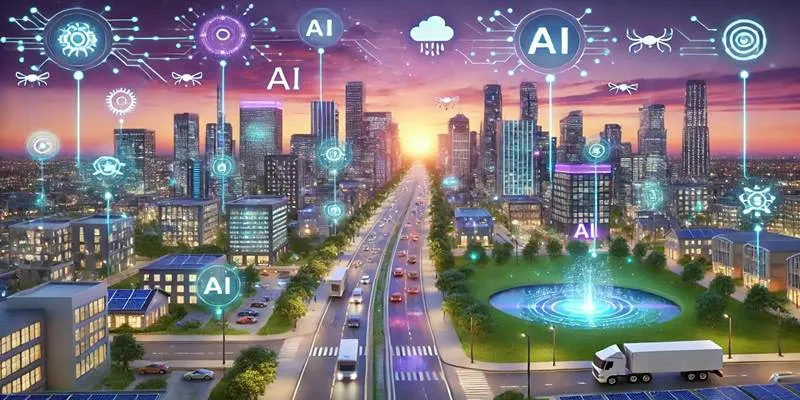In today’s unpredictable business world, supply chains are constantly under pressure. Disruptions caused by natural disasters, geopolitical tensions, transportation issues, and demand fluctuations have made traditional supply chain models less reliable. Companies are now realizing the importance of building more resilient and responsive supply chains. One of the most effective ways to do this is through AI-assisted planning.
AI in supply chain planning is no longer just a competitive advantage—it’s becoming a necessity. With the help of artificial intelligence, businesses can make faster decisions, detect risks earlier, and adapt to changes more effectively.
Why Supply Chains Need to Evolve
Many organizations still depend on outdated planning methods such as spreadsheets, static reports, and manual forecasting. These approaches struggle to keep up with the pace of change. When a supply chain is rigid and slow to react, even minor disruptions can cause major delays, missed sales, and increased costs.
Common issues in traditional supply chains include:
- Inaccurate demand forecasts
- Inefficient inventory management
- Delayed responses to disruptions
- Limited visibility across suppliers and logistics
To move beyond these limitations, businesses are turning to AI-driven solutions that offer speed, accuracy, and adaptability.
What Is AI-Assisted Supply Chain Planning?

AI-assisted supply chain planning refers to using artificial intelligence technologies—like machine learning, predictive analytics, and real-time data analysis—to support and improve decision-making across the entire supply chain.
These systems gather data from various sources, analyze it continuously, and provide insights or recommendations to help businesses plan better. Rather than reacting to problems, companies using AI can predict and prevent them. The result is a smarter, more flexible, and more resilient supply chain.
Key Benefits of AI in Supply Chain Planning
AI offers several clear advantages for supply chain resilience. These benefits help organizations prepare for uncertainty, optimize operations, and reduce risk.
Accurate Demand Forecasting
AI forecasting tools use real-time data such as sales trends, market shifts, and even weather patterns to predict demand more accurately.
This results in:
- Fewer stockouts and overstocks
- Improved production planning
- Better alignment between supply and customer needs
Faster Disruption Response
AI can identify risks early by analyzing data across the supply chain. When issues arise—such as shipment delays or supplier breakdowns—AI systems can suggest alternative plans instantly.
It leads to:
- Quick decision-making during crises
- Reduced financial impact from disruptions
- Maintained service levels for customers
Smarter Inventory Optimization
Managing inventory is a balancing act. AI helps maintain the right stock levels by analyzing demand patterns, supplier lead times, and historical data.
Benefits include:
- Lower holding costs
- Reduced waste
- Increased product availability
End-to-End Visibility
AI provides a unified view of the entire supply chain, helping companies monitor operations in real-time.
With better visibility, businesses can:
- Track supplier performance
- Identify bottlenecks
- Improve coordination across departments
How AI Supports a More Resilient Supply Chain
A resilient supply chain can recover quickly from shocks and continue to deliver value. AI strengthens this resilience through several key capabilities.
Real-Time Monitoring
AI systems continuously scan for issues across supply, production, and delivery channels. This real-time awareness helps companies act quickly and with confidence.
Predictive Maintenance
By analyzing sensor data from manufacturing equipment, AI can detect signs of wear and tear. It enables predictive maintenance, which prevents breakdowns before they happen.
As a result:
- Equipment stays operational
- Downtime is reduced
- Costly repairs are avoided
Supplier Risk Scoring
AI tools evaluate suppliers based on factors like delivery history, quality scores, financial stability, and external risks such as geopolitical events or climate threats.
It helps organizations to:
- Choose dependable suppliers
- Diversify sourcing strategies
- Reduce reliance on risky vendors
Logistics Optimization
AI improves route planning and shipment scheduling by factoring in traffic patterns, weather, fuel prices, and delivery deadlines.
Key outcomes include:
- Faster deliveries
- Lower transportation costs
- Better customer satisfaction
Real-World Examples of AI in Supply Chain

Leading companies across industries have already adopted AI to improve their supply chains.
- Walmart uses AI to analyze buying behavior and optimize product distribution across stores.
- DHL employs AI for route optimization and to predict shipment delays.
- Coca-Cola applies AI forecasting to streamline production and reduce waste.
Even small and mid-sized businesses now have access to cloud-based AI tools that were once reserved for large enterprises.
Steps to Start Using AI in Supply Chain Planning
Adopting AI doesn’t have to mean a complete overhaul. Companies can begin small and scale their efforts gradually.
Identify Priority Areas
Start by assessing where the supply chain faces the most challenges—this could be in forecasting, logistics, or supplier management.
Choose the Right Tools
Select AI solutions that fit the company’s size, industry, and goals. Many platforms offer modular AI features that can be integrated with existing systems.
Train Staff and Encourage Adoption
The success of AI depends on how well teams understand and use it. Provide proper training and involve employees in the transition.
Challenges and Considerations
While AI offers powerful benefits, it also comes with a few challenges.
- Data quality matters: AI depends on clean, accurate data. Poor data leads to poor predictions.
- Integration with legacy systems can be complex and time-consuming.
- Change management is crucial, as employees may resist new technology or worry about job changes.
Overcoming these challenges requires strong leadership and a clear vision for long-term supply chain transformation.
Conclusion
The future of supply chain planning is intelligent, adaptive, and resilient. AI-assisted planning gives companies the tools to not just survive disruptions but to thrive in an unpredictable environment. By making use of real-time data, predictive analytics, and smarter decision-making, organizations can protect themselves from risk, serve their customers better, and reduce operational costs. Whether it’s forecasting demand, managing inventory, or responding to supplier risks, AI is changing how supply chains work—for the better.
 zfn9
zfn9























